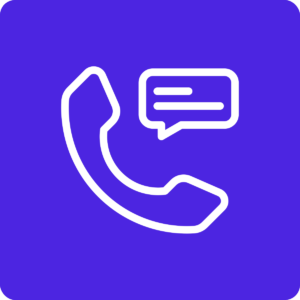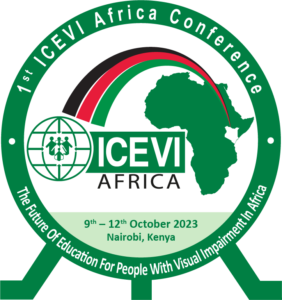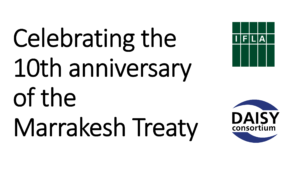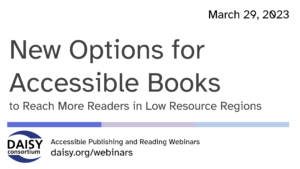Articles archive
Around the world specialist and mainstream library services are delivering talking books through a variety of ways, from conventional CDs…
At DAISY we are working to facilitate access to information globally, including parts of the world with the most limited…
In almost all sectors around the world, commercial, educational, government, and non-profit, people use Microsoft tools in their daily work.…
ICEVI Africa Region organised a 3 day conference from 10-12, October 2023 in Nairobi Kenya. Several international development organisations such…
Converting printed material to an accessible formats like braille or audio takes time, money, and expertise. The amount of resources…
In this special webinar hosted by the IFLA section Libraries Serving Persons with Print Disabilities in collaboration with the DAISY…
In May 2023 the board of the DAISY Consortium was generously hosted by the National Library Service for the Blind…
A component of the 2023 DAISY AGM was a showcase presentation highlighting some of the work being conducted by DAISY…
The London Book Fair was a vibrant and well-attended event this year and the publishing world was out in force.…
In our series of free weekly webinars March 29th saw a session focused on New Options for Accessible Books for Readers…










